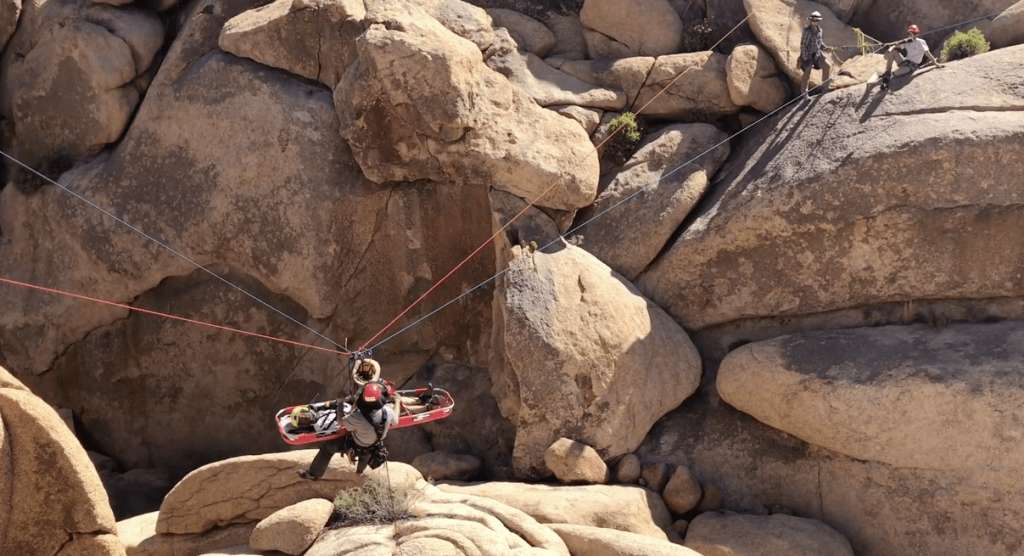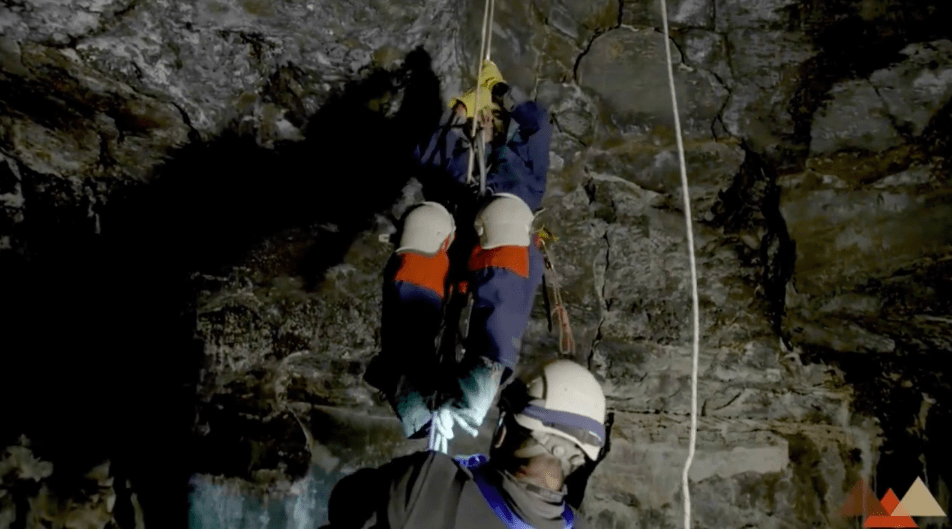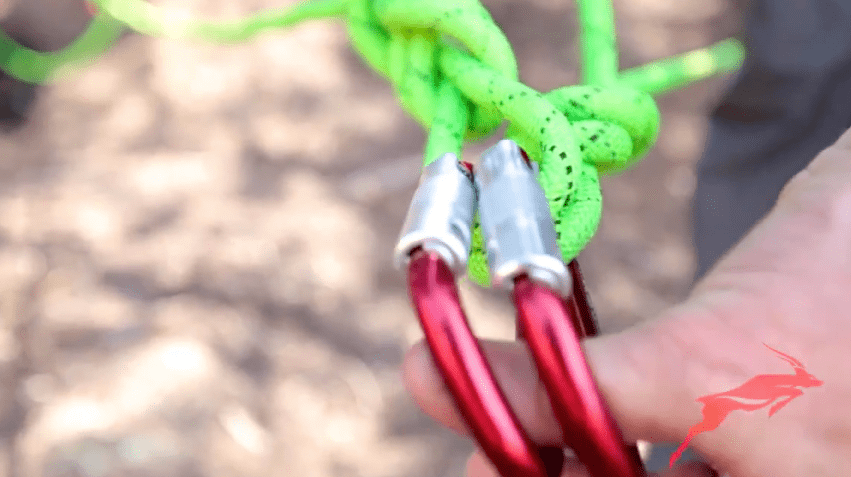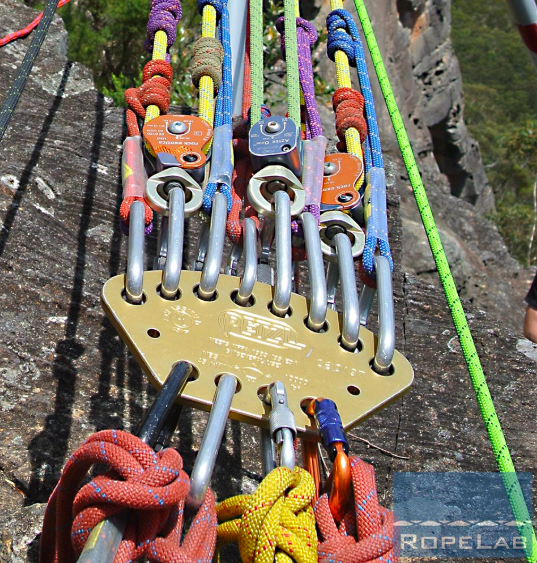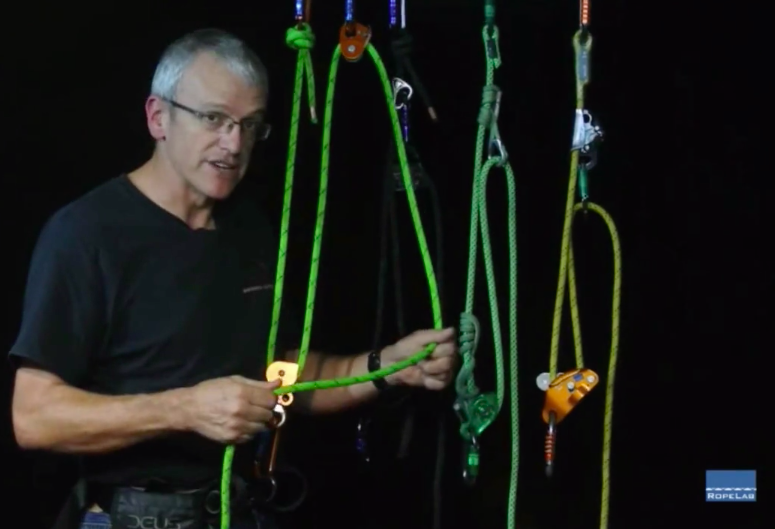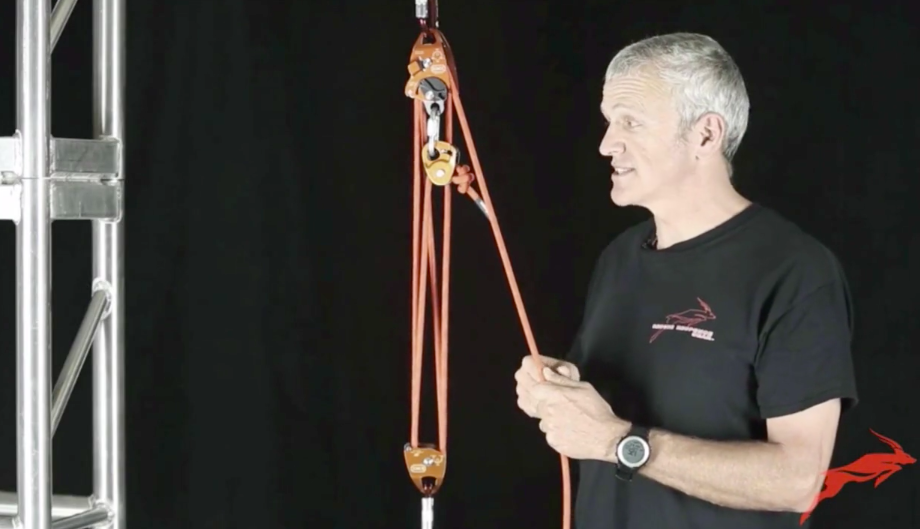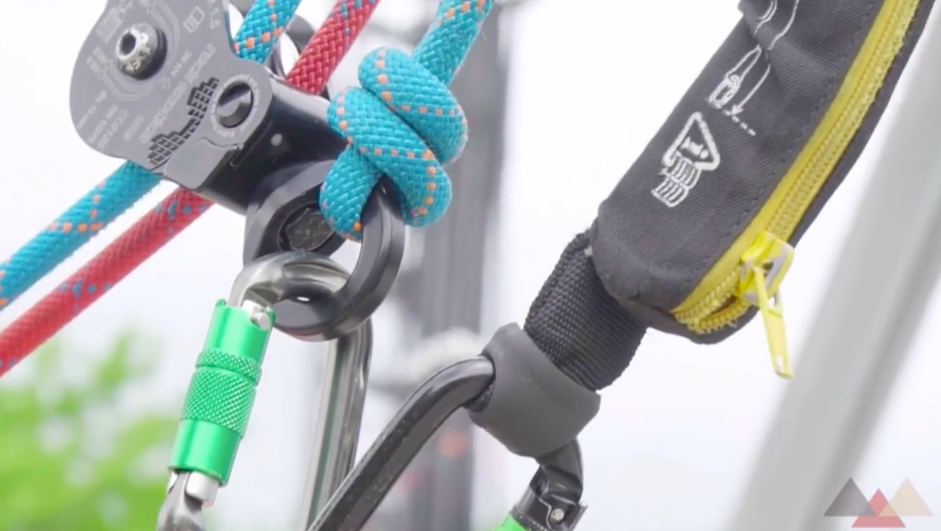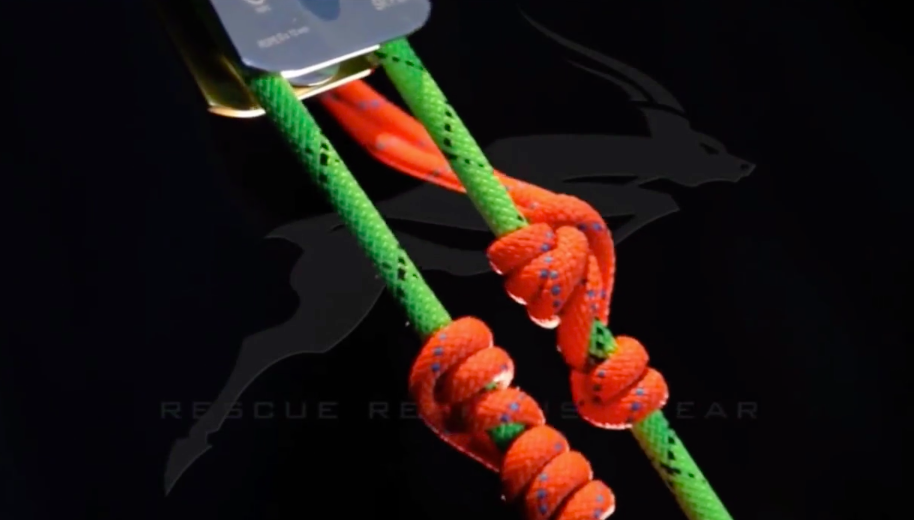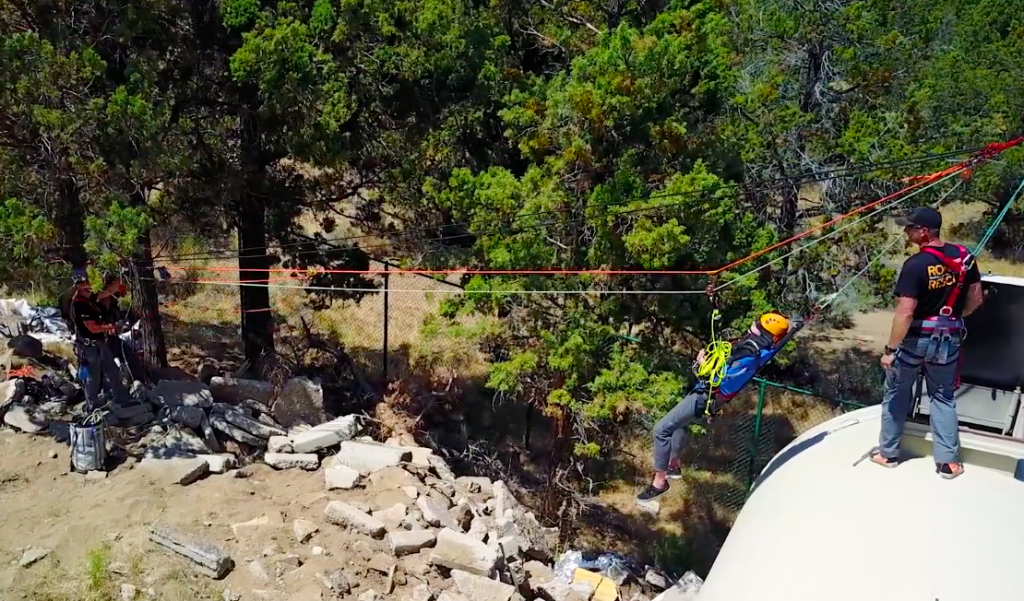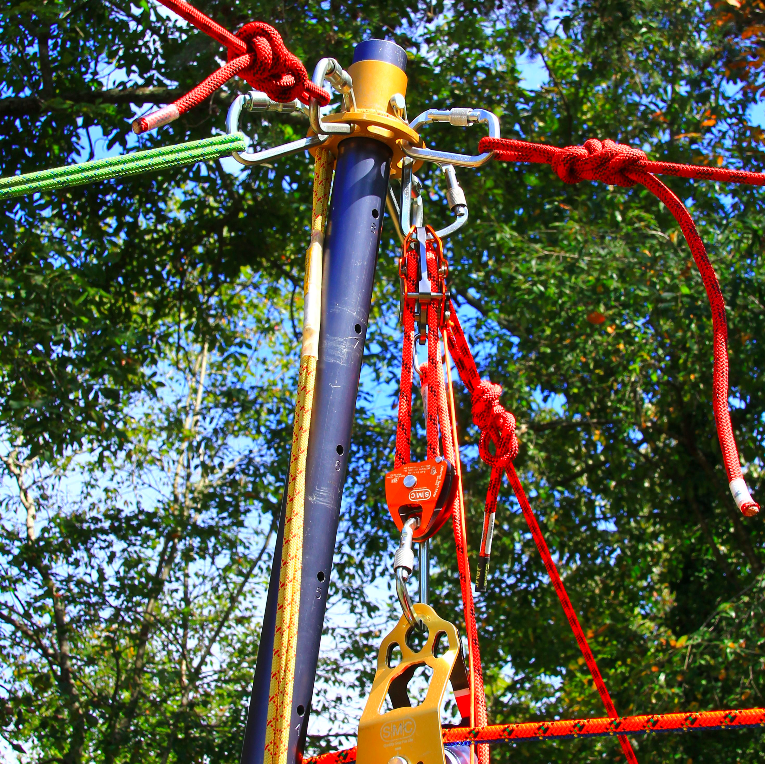Two Rope System Cross Pollination: A Tale of Two Industries
Almost all rope rescue systems used could be considered a “two rope system”. Traditional mainline / slack belay systems and twin tension rope systems (TTRS) both use two (2) ropes. However, the similarities stop there. I won’t get into the biopsy of the mainline-belay line system because, well… they have been around forever. The “relatively” …
Two Rope System Cross Pollination: A Tale of Two Industries Read More »

